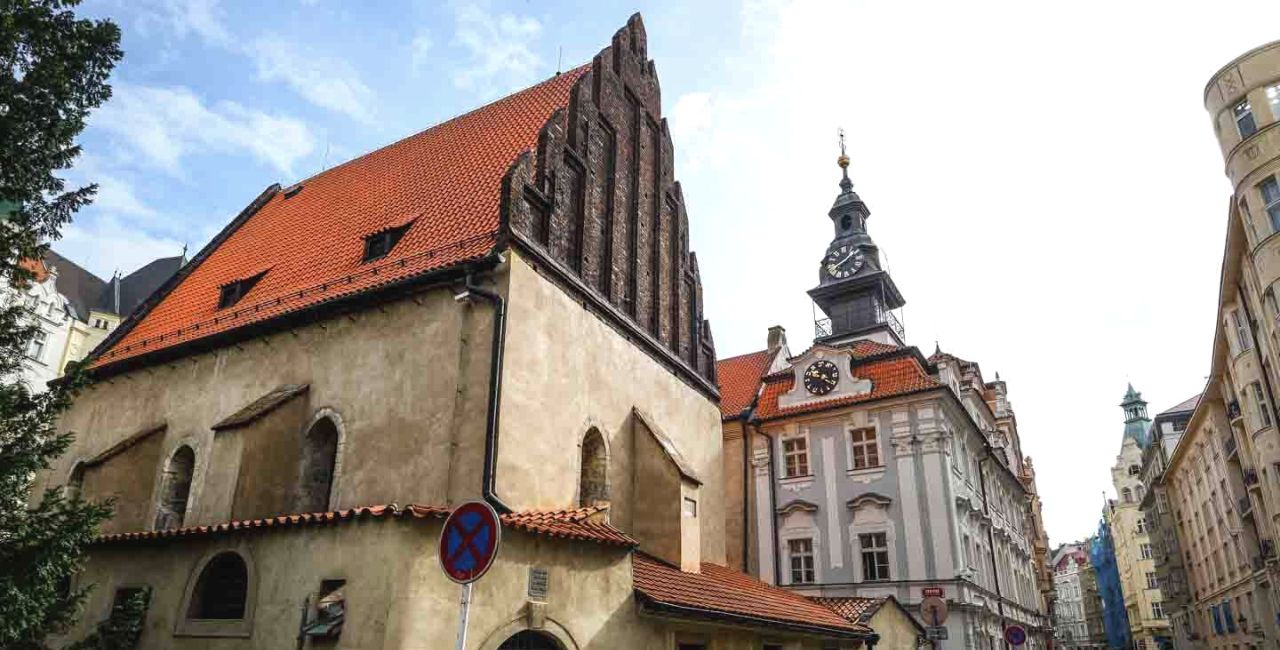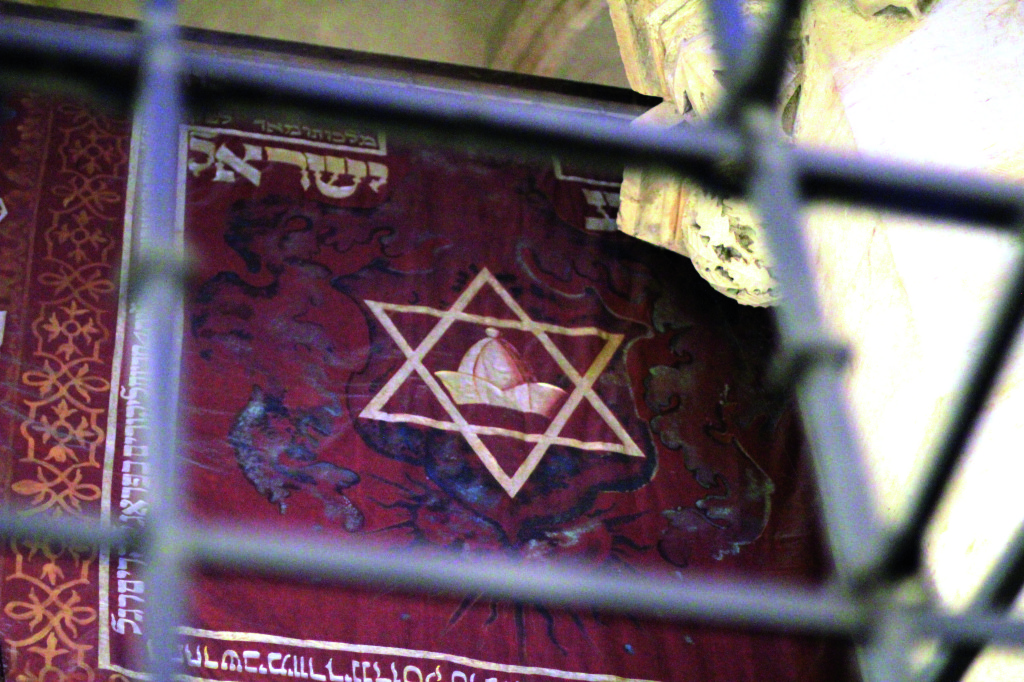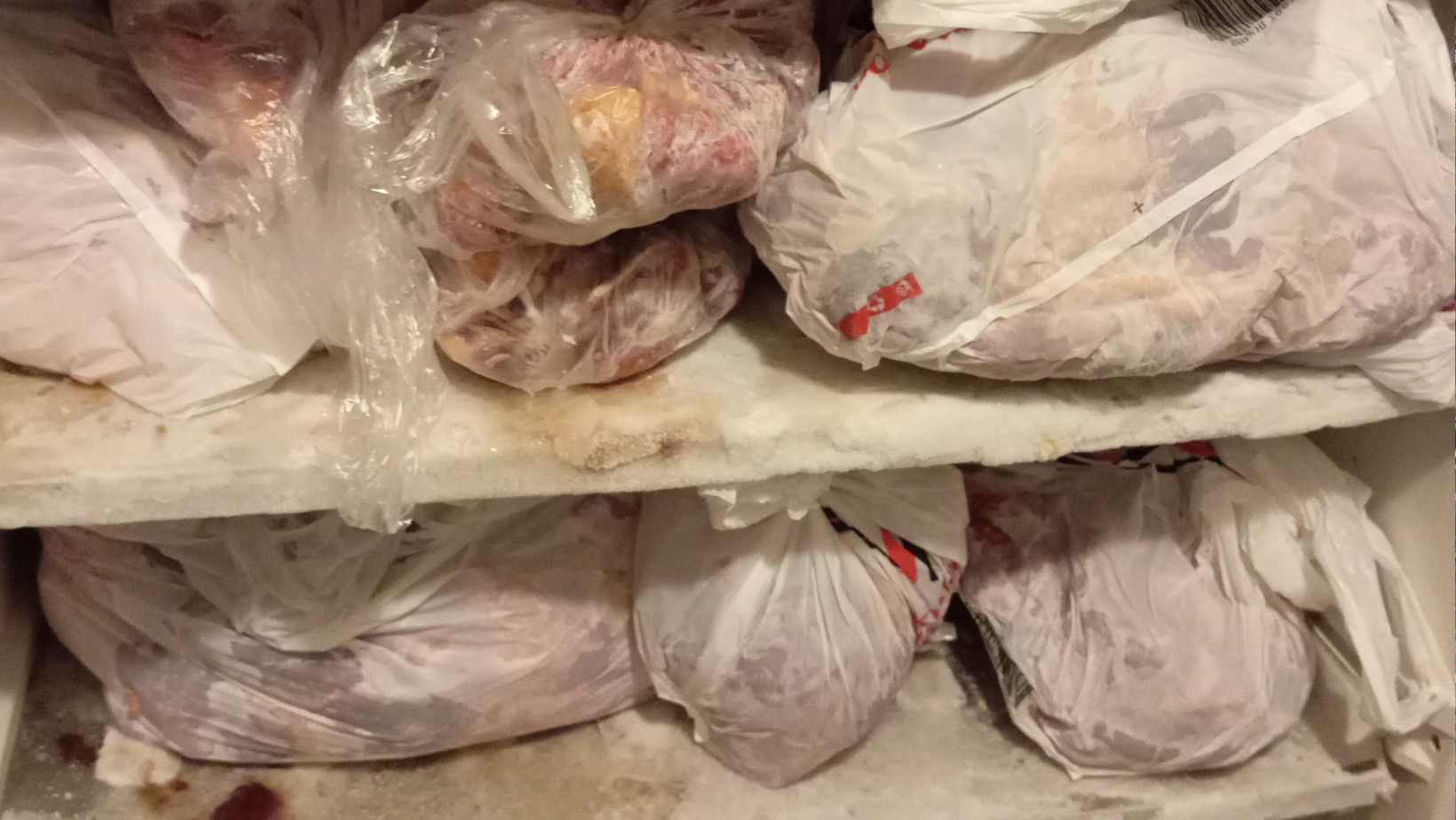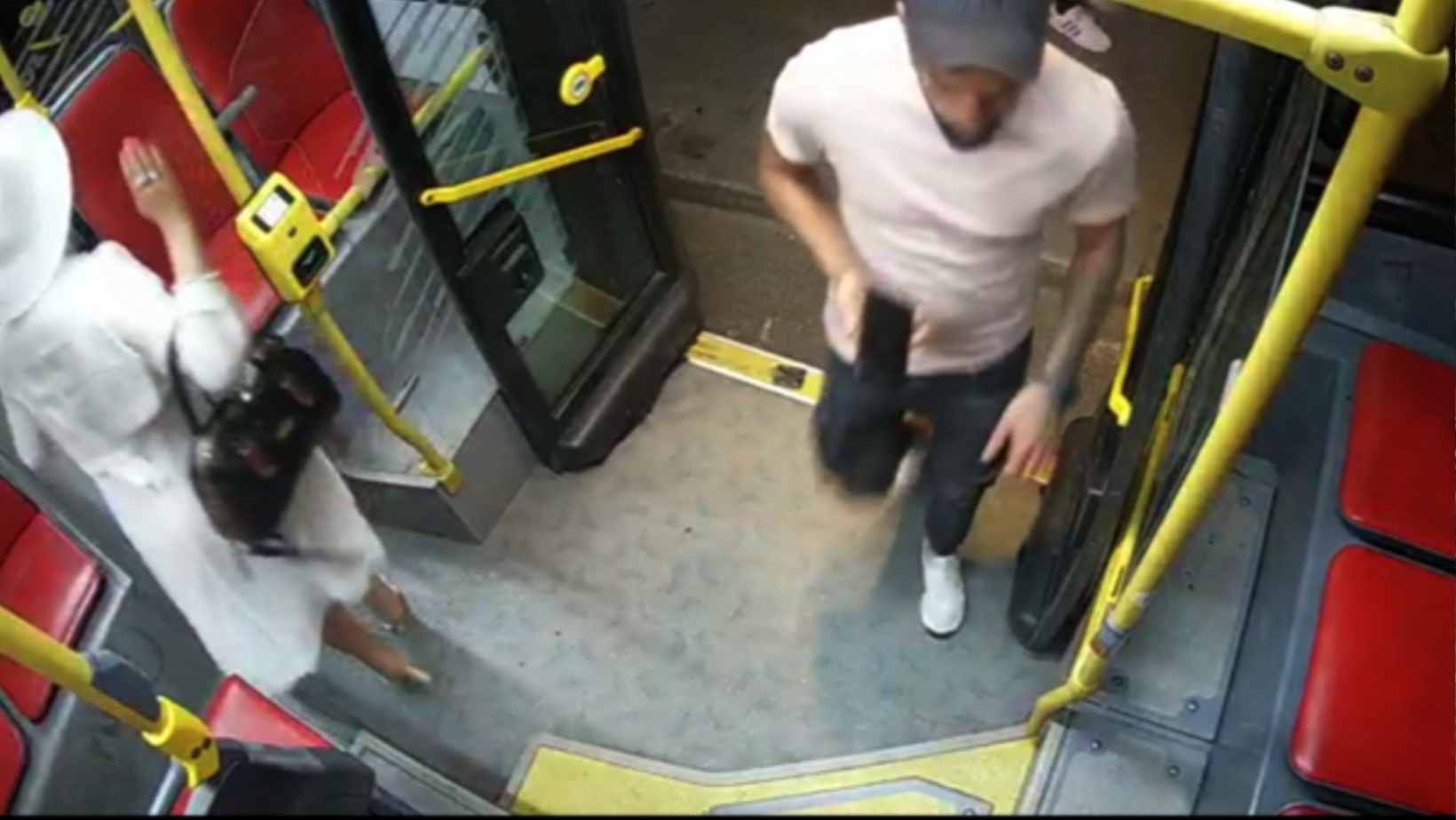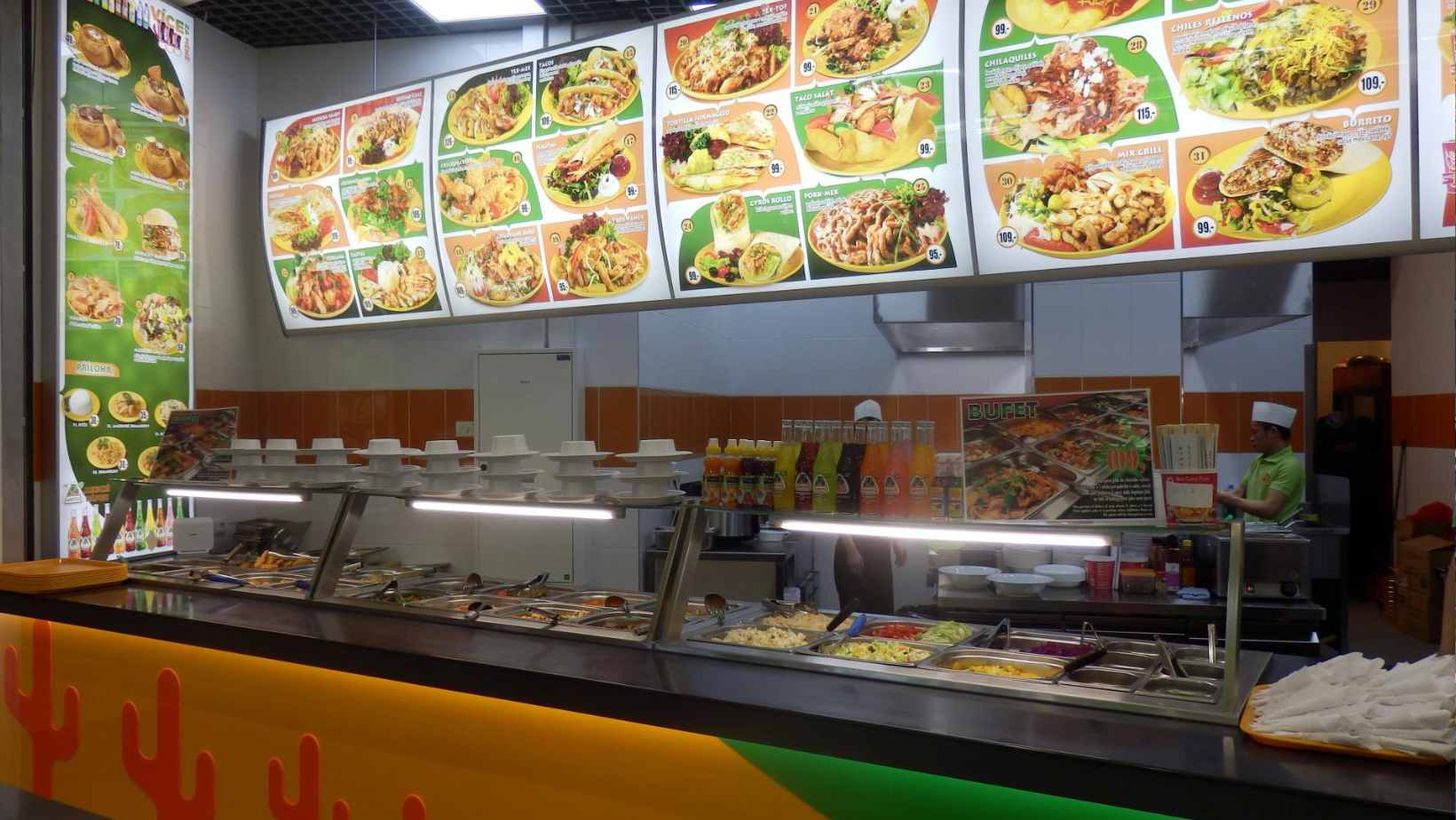“Prague is built of stone and lime being the largest city considering trade, from the royal city came the Russians and Slavs with goods and from the Turkish countries the Muslims and Jews with their merchandise”.
With these words written in the year 965, the traveler and Arab-Jewish merchant, Ibrahim Ibn Yaqub, offers us one of the first historical testimonies of the Jewish presence in Prague. However, this record does not answer an important question: for how long the People of Patriarchs have been living in this city?
Our guide Berschowitz showed us in the Jewish cemetery in Žižkov, the tomb of the famous rabbi and philosopher Ezekiel Landau, who lived during 1713-1793, and we were told about the long and dramatic history of this community, one of the oldest in Europe.
Going back in time and retracing the history of the Praguian Jews is a difficult task because the historical truth shortly blends with the oral tradition, inevitably crossing over the vague and uncertain territory of legends. According to one of the many various stories, the visionary queen Libuše prophesied the arrival of a foreign people in Bohemia as being a favorable event that would have brought good to this land.
However, according to other legends, the Jews arrived in Bohemia even before the Slavs, or even soon after the destruction of the Temple, and settled there to trade and live in peace. According to sources, it is possible that a first community arrived to Prague from Byzantium around the ninth century, settling in the present district of Malá Strana.
As stated by some chroniclers, it is possible that around the second half of the tenth century they would have already received permission to establish a settlement in Prague, in exchange for the help given to the Christians in their fight against pagans residing in the region. Other scholars assert that the authorization to build the ghetto in the twelfth century came from Vladislav II, king of Bohemia.
In medieval times, the conditions of the Jewish community in Prague suffered many twists and turns. If at first it enjoyed a good situation, things got worse with the beginning of the Crusades.
Alternately, it benefited and not benefited from the protection of sovereigns, its members being forbidden to own land or deal with agriculture and their legal status was gradually regressing. They were also forced to reside in marked areas and, above all, could not mix with Christians.
It so happened that the sovereign claimed them even property rights but, paradoxically, the Jews’ fortunes increased in those years. In addition to trading, they were allowed to lend money on interest, something forbidden to Christians as it was considered unworthy.
In 1336, King John of Luxembourg plundered the ghetto to steal the inhabitants’ treasures, but later on, Charles IV placed them under his own protection, and was precisely the house of a Jew, the rich Lazar that was donated after his death by the emperor to Prague University as first location of the university college.
The heart of the ghetto was the area around the Old-New Synagogue that includes Široká Street and the area of the current Jewish cemetery. The district was separated from the rest of the city by seven gates located at various points in town, and was a cluster of houses and huts, shops and other buildings often ran-down. The area was known mainly simply as: “V Židech”, by the Jews, and only from the sixteenth cntury took the Venetian name of “Ghetto”.
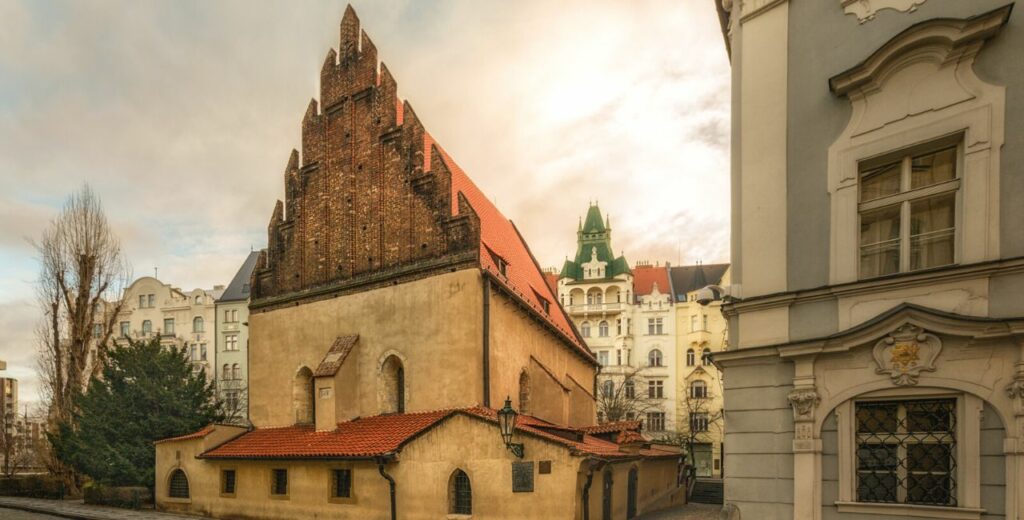
In medieval times, the Jews were considered inferior, being forced to wear distinctive recognition marks and were often the scapegoat of sovereigns, as well as victims of different pogroms. But even in the most difficult moments, and especially in these, the rabbi guided community never ceased to educate, study and meditate on the sacred texts.
“The rabbis – S. Berschowitz tells us – have always been at the head of the community for their wisdom and knowledge of all things human and divine, like the great and legendary rabbi Löw, famous for his real and legendary deeds, but also many others who have enlightened the path of the Praguian Jews for over a millennium”.
The inhabitants were repeatedly expelled from the Praguian ghetto. In 1543, under Ferdinand I of Habsburg, only the rich ones who were able to buy a pass could stay in their neighborhood. All the others had been forced to migrate.
In 1551, those who remained had been obliged to wear on their clothes a little yellow canvas to distinguish themselves from the Christians, other expulsion decrees came into force and, in 1557, the ghetto was even closed, many houses being sold to Christians and the synagogues turned into churches.
Only in 1567, under the sovereign Maximilian II, had the Jews been allowed to stay in the city and the restrictions against them were somewhat decreased, even though they were required to pay heavy taxes and restrictions on their liberties.
The reign of Rudolf II of Habsburg brought instead a flourishing period for the Praguian Jewish community as he had certain interests in the practices of their culture, esoteric above all.
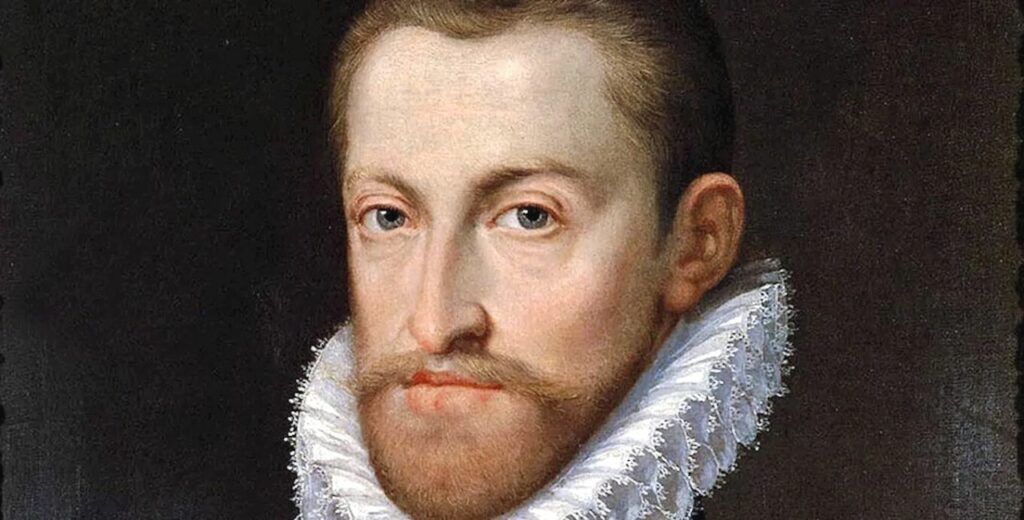
Rudolf II of Habsburg
This was also the period of the legendary Rabbi Löw, whose name is inextricably linked to the legend of Golem, and who had important contacts with the sovereign. Under the Emperor Rudolf, the ghetto expanded and modernized, a hospital, a school and other places of worship had been founded. Rudolf II restated the rights of the Semites and promised the community that there would not be any expulsions and persecution, not even in the future.
During the seventeenth century, many new Jews arrived to Prague; the ghetto came to exceed 11,000 inhabitants and the Praguian community was one of the biggest in Europe. During the Thirty Year War, the Jews also contributed to the defense of the city against the Swedes, collecting the praises of the military commanders in Prague.
However, in 1680, the plague that plundered Europe also decimated the population of the ghetto, while in June 1689, a voluntarily set fire burned down other 300 houses in the neighborhood, whose reconstruction lasted until 1703.
The government of Joseph II brought great changes and recognitions. The Jews were allowed access to public schools and universities, have been granted the possibility to buy property outside of the ghetto, and were no longer required to wear distinguishing marks on their clothing. However, they were still obliged to pay special taxes.
The year 1848, led to the declaration of the first Austrian Constitution and finally, to the civil equality of the Praguian Jews. The ghetto’s history as a place of marginalization had ended. In 1850, the Jewish city was included in the fifth district and became part of Prague. The neighborhood was renamed in honor of the sovereign Joseph II: Josefov.
Over the years, Josefov underwent various transformations: many buildings were destroyed and rebuilt, also due to frequent flooding in this part of the city. During the First Republic, the Jews were citizens with full rights, more than 30,000 people belonged to the Praguian community, and their typical surnames were blending with those prominent ones in all fields of the social, scientific and cultural life of the city and of the entire nation.

All the discrimination from the past seemed nothing but a bad and distant memory. But a new tragic chapter, perhaps the worst of all, had been opened on March 15, 1939, when the occupation and the disintegration of Czechoslovakia by the Nazis would mark again, and for good, the history of the Praguian Jews.
The discrimination acts resumed, “symbolized by that yellow star that had been taken off two centuries earlier, and which reappeared on the Jewish clothing… What happened next is well known” states twice Berschowitz while laying a small pebble on the gravestone of Rabbi Landau.





